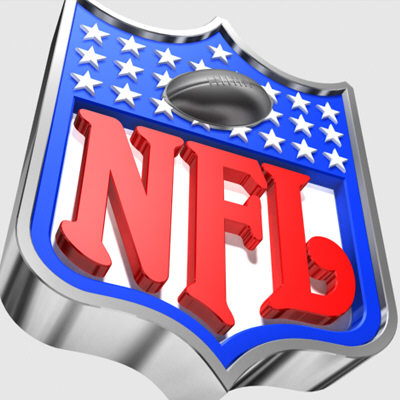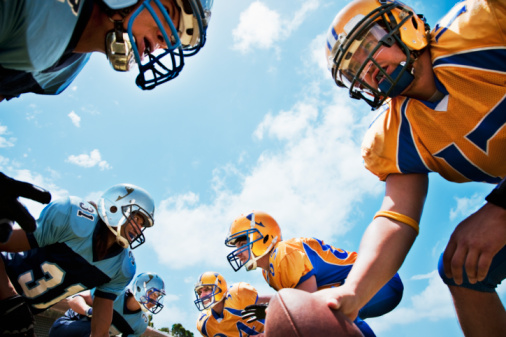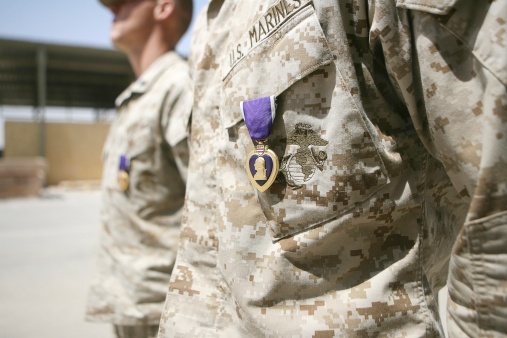
Football fans should be livid with the NFL. Loyalty is a major tenant of the game and the community, but that loyalty has proven to be one-sided in the past.
The depth of affection fans have for the men on the field showed at the memorial for Junior Seau after his tragic end. Junior Seau shot himself in the chest, a suicide that mirrored that of former Charger Dave Duerson. Duerson left a note asking that his brain be studied for signs of damage. Seau left no written note, but his message rang loud and clear.
The bright lights and fanfare of the NFL have blinded the American public for too long. Thousands of once-beloved football players now suffer from invisible scars they received from scores of impacts to the head during their seasons on the field. Their stories bleed together into a terrible tale of alienation, addiction, violence, depression and suicide. Once at the top of the world, too many former players sink into the depths of living hell characterized by depression, paranoia, panic attacks and early on-set dementia. Many end up destitute, alone and dead at an early age.
For many years, the NFL denied and even attempted to block research suggesting that multiple concussions lead to long-term complications characteristic of chronic traumatic encephalopapthy (CTE). The recent suicides combined with the lawsuits recently filed against the NFL have resulted in a growing awareness that could spark a major change in the culture of the sport.
A Busted Knee or a Busted Brain
When players line up to tackle they have a choice: Hit high, or hit low.  Hitting low could mean a busted knee, an injury that could take them out of the game for good. So they hit high because a concussion may mean a few days on the bench, but not the end of a career.
Hitting low could mean a busted knee, an injury that could take them out of the game for good. So they hit high because a concussion may mean a few days on the bench, but not the end of a career.
What no one told them is that those stars they see after a head collision may turn into memory loss, confusion, insomnia, depression and dementia. Those blows to the head can rob them of their very identity.
Former Players Take on the NFL
On June 7, 2012, the attorneys of the more than 85 lawsuits against the NFL filed a master complaint in the U.S. District Court in Philadelphia. The complaint consolidates the claims from all the individual lawsuits into a single document. Claims include negligence, fraud, wrongful death and civil conspiracy.
Over 2000 players are involved in the lawsuit and the social and financial fallout could be a huge hit for the NFL. Some are even speculating that this could be the beginning of the end for the multi-billion dollar industry.
NFL Allies with the U.S. Army to Combat Concussions
After years of ignoring scientific findings, however, the NFL may have finally woken up to the reality of traumatic brain injury. The number of ruined lives it took for the truth to finally sink in is astonishing, but the NFL is at last trying to take strides towards protecting its players.

In June 2012, meetings began between the NFL and the U.S. Army to discuss the effect of concussions on players and service men and women. Traumatic brain injury (TBI) affects hundreds of thousands of Americans who have served and returned home to very little support from the military. A partnership between these two entities that have both slighted the issue in the past is a huge step in the right direction. On the agenda for the meetings is a TBI awareness campaign, open communication and sharing of research and information as well as discussion about how to properly treat concussions at all levels.
In fact, at the 2012 rookie symposium in Ohio, players will be on hand to speak about traumatic brain injury. Instead of the traditional warnings about money and women, rookies will be warned about the importance of recognizing and treating concussions. This is a refreshing sign that perhaps the two groups will do more than just talk.
Pop Warner Instates Preventative Measures
During the meetings between the NFL and U.S. Army, former running back Brian Westbrook identified where real cultural change begins: “It has to start with the kids. Then they’ll get older and they’ll realize, ‘Hey, this isn’t just part of the sport. It’s way more serious than that and it has to be treated the right way.’”
Pop Warner, the nation’s largest youth football organization, agrees. In 2010, Pop Warner implemented a policy requiring players with suspected concussions to be cleared by a physician before being allowed to return to play. Then in June 2012, around the same time that the NFL was meeting in the Pentagon, Pop Warner rolled out new regulations on contact during practice time:
- Only a third of practice time can be devoted to contact drills
- No head-to-head full speed blocking or tackling in which players start more than 3 feet apart
New Rules are Research Based
A study by the biomedical engineering department of Virginia Tech published research findings in February that revealed that 5 percent of collisions on the field between players ages six to eight registered between 50- and 100-g’s, a force equivalent to that of a car accident. The majority of those impacts occurred during practice. Dr. Julian Bailes, the chairman of the Pop Warner medical advisory board, notes that by eliminating high-risk drills and limiting contact, 60% of Pop Warner concussions could be avoided.
Professionals Must Walk the Walk, Not Just Talk the Talk
Hopefully these new rules will result in a new generation of footballers who are more educated and aware of the serious risks of concussion. As Westbrook says, lasting change must start with the kids. At the same time, however, those kids must be given examples to follow. Their heroes, the players on the big field, have to model appropriate caution when it comes to head trauma. If kids see someone on the professional level with the shake-it-off attitude then they are likely to adopt that inclination. If one of their favorite players takes themselves out of the game after taking a hit, then kids will see that wisdom and mimic it.
Concussion Does Not Mean Unconscious
Concussions may result from any impact to the head. Sports, falls and car accidents are all leading causes. Learn to recognize the signs of concussion because, while invisible, brain injury is deadly serious. Just because someone is still awake, does not mean that they do not have a concussion.
Concussion Symptoms
Symptoms of concussions include:
- Altered consciousness, e.g., drowsiness
- Confusion
- Headache
- Loss of consciousness
- Memory loss
- Nausea or vomiting
- Seeing stars or flashing lights
- Complaints of “lost time”
Symptoms that denote an emergency are:
- Changes to consciousness
- Convulsions or seizures
- Muscle weakness
- Persistent confusion
- Coma
- Repeated vomiting
- Unequal pupil size
- Unusual eye movement
- Problems walking
If any of these symptoms are present after a collision, seek medical attention immediately. In severe cases, bleeding or swelling may be present in the brain in which case hospitalization is required.
Allowing time for a concussion to heal is of paramount importance. A second concussion while the first is still healing may result in Second Impact Syndrome, which comes with an increased risk of brain swelling, a potentially fatal condition.
Contact Us
Often times, concussions are accidents resulting from an active life. Other times, however, negligence or malicious intent contributes to the injury. If you or a loved one has suffered from a traumatic brain injury, please contact the Brain Injury Law Center immediately. We offer a free consultation to help you understand and explore your options. Our compassionate attorneys will fight for all compensation due to you. Do not delay; you have limited time to file a claim.



sorry to hear about all this stuff in only 15 so yaee 🙁
Disclaimers, and the history of concussions and brain injuries needs to be given to beginning football players and their parents before they are taught the addiction to a game that is essentially gladiator style violence organized into competitive games, and people get hurt – physically, and mentally.